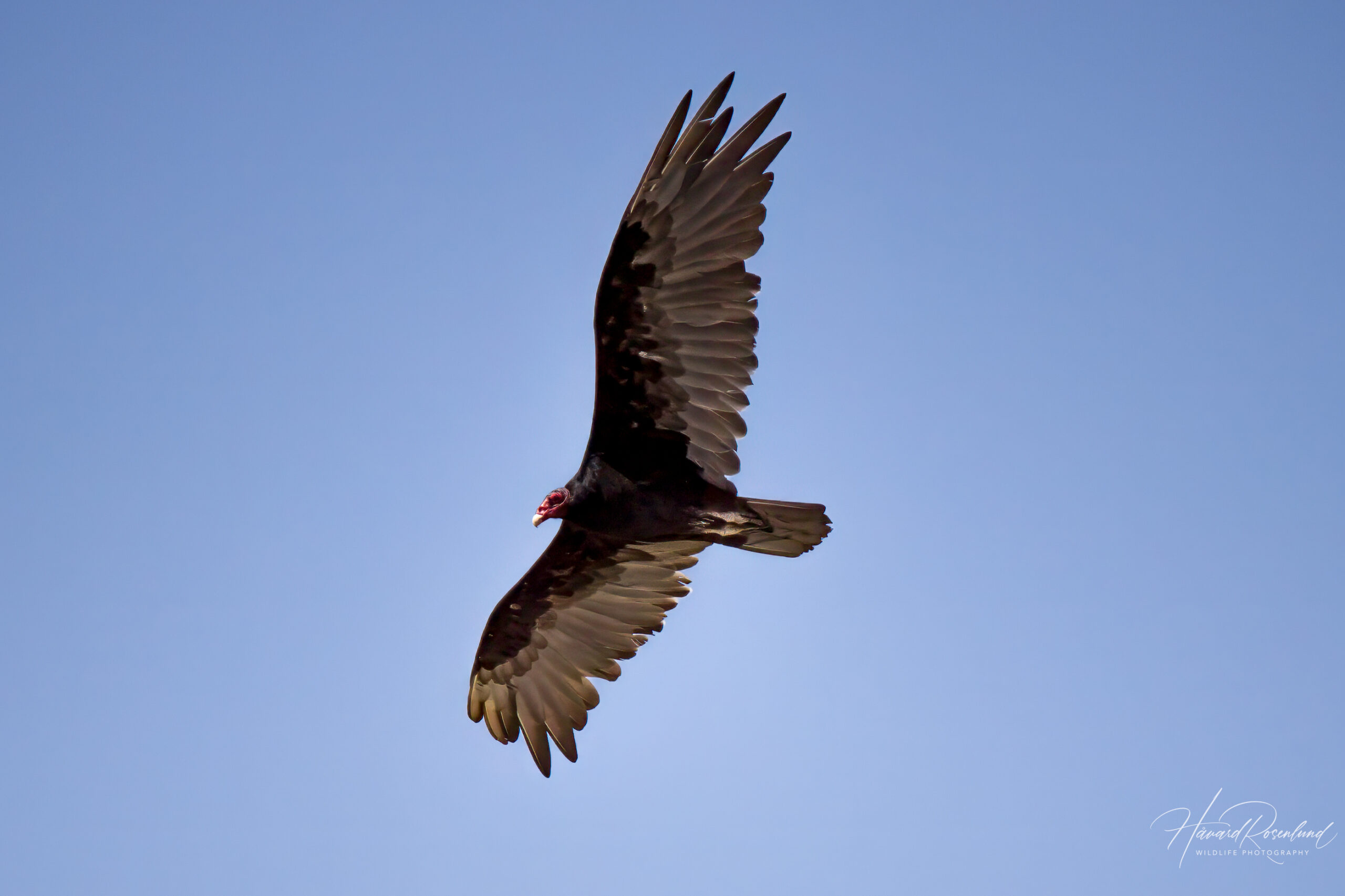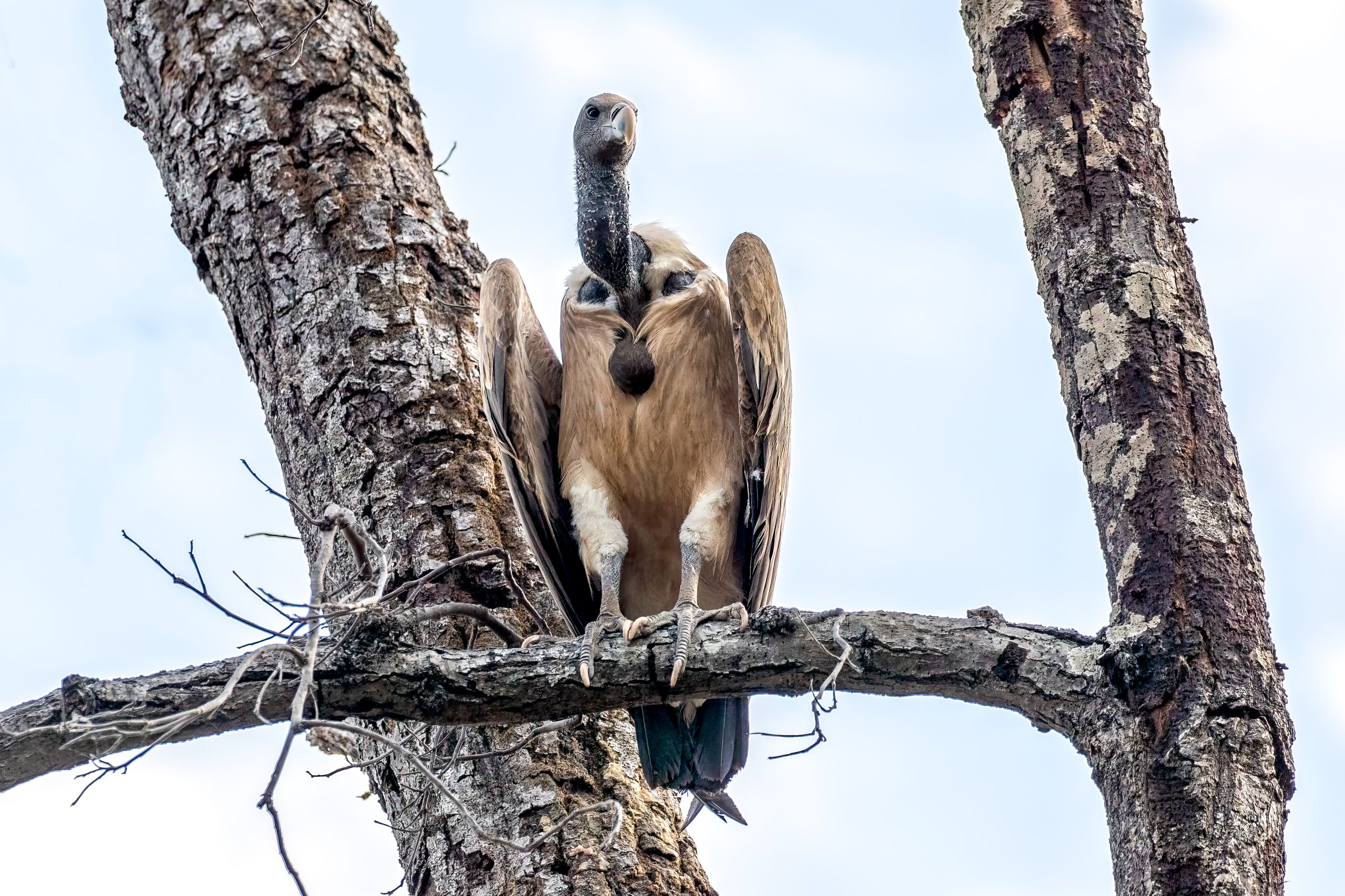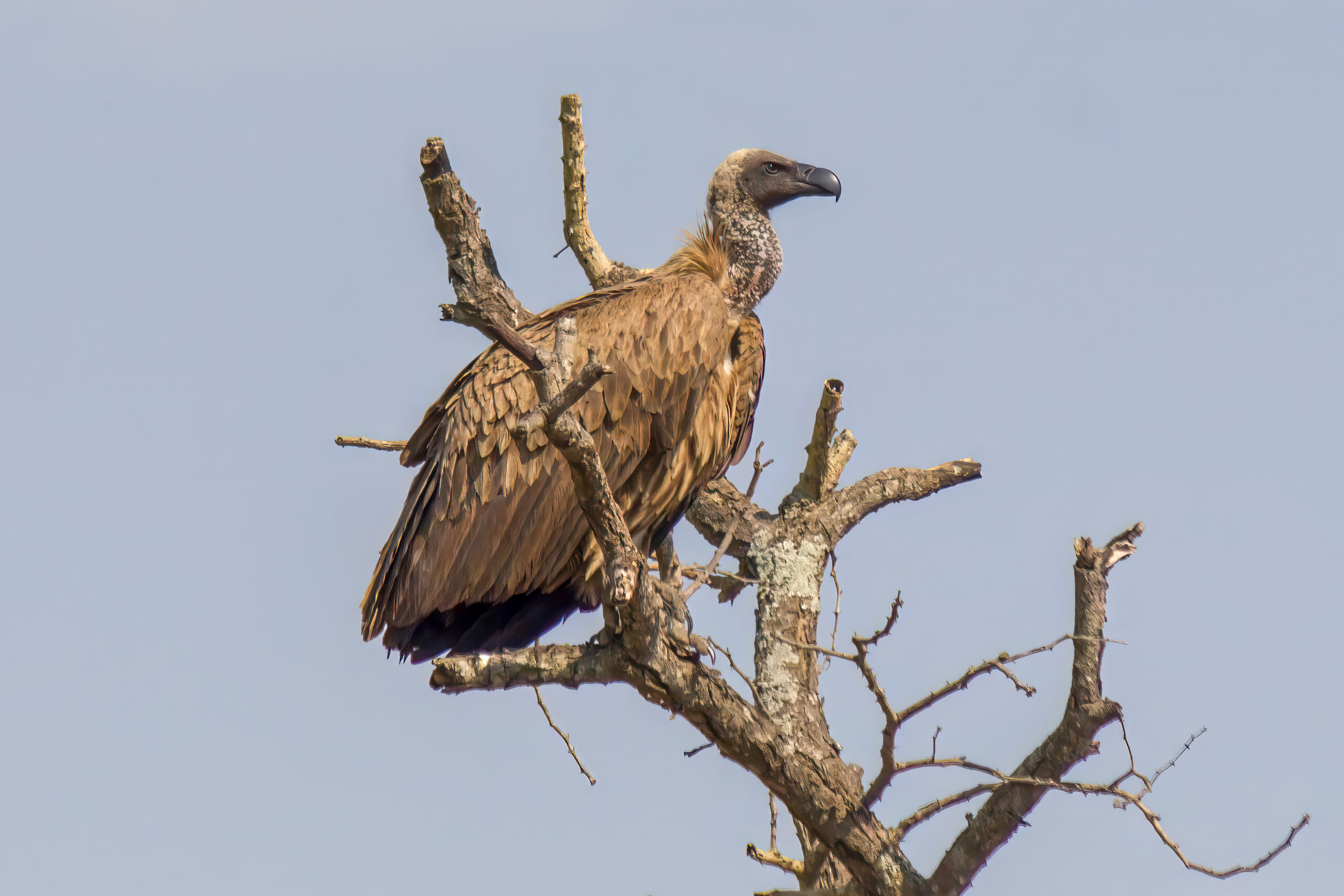Description
The turkey vulture (Cathartes aura) is a bird of prey found throughout the Americas, from southern Canada to the southernmost tip of South America. It’s a large bird, with a wingspan of 160-183 cm (63-72 in) and a length of 62-81 cm (24-32 in). It has a red, bald head, a white beak, and a dark body. The bald head is thought to be an adaptation for hygiene, making it easier to keep clean when feeding on carrion. It has no vocal organs and can only make hisses and grunts. The turkey vulture can be mistaken for the black vulture (Coragyps atratus). However, it can be differentiated by its red head (not black), and longer tail and lighter flight feathers, which are visible when it soars.
Diet & habitat
Turkey vultures are versatile, inhabiting a range of environments from deserts and grasslands to forests and mountainous regions. They’re often seen soaring in the sky, using thermals to keep them aloft as they search for food. The turkey vulture is a scavenger, primarily feeding on carrion. Its keen sense of smell and excellent vision aid in locating food. It plays a crucial role in the ecosystem by disposing of dead animals. A remarkable immune system allows it to eat decaying flesh without getting sick.
Nesting
Turkey vultures breed once a year. They do not build traditional nests; instead, they lay their eggs in caves, hollow trees, or even on bare ground. Clutch size varies from one to three eggs. Both parents incubate the eggs for about 30-40 days. After hatching, the chicks are fed regurgitated food by both parents. The young fledge at about 70-80 days old but may stay with the parents for a few months thereafter.
Status
The turkey vulture is not considered threatened, thanks to its wide range and large, stable population. However, it faces threats from habitat loss and poisoning, either from lead in carcasses or from consuming euthanized animals. It is listed as least concern on the IUCN Red List.







